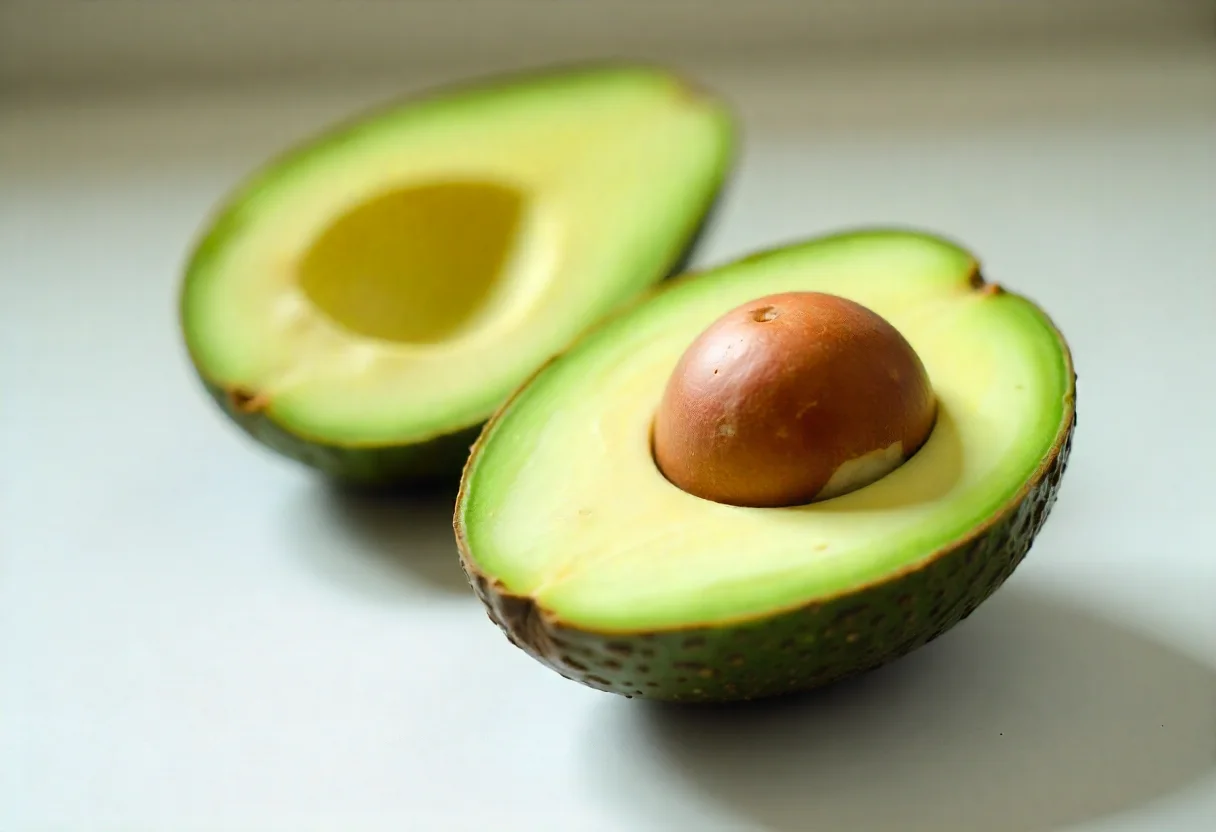
CLA has been shown to contribute to fat mass reduction, inhibition of adipocyte enlargement, enhancement of insulin resistance, and anti-thrombotic, anti-carcinogenic, and antioxidant effects. Additional benefits include improved lipid profiles, immune modulation, bone mineralization, and reduced blood glucose levels. Of particular interest is CLA's capacity to modify body composition by reducing fat mass while preserving or increasing lean body mass.
The suggested daily intake of CLA is approximately 3.2 grams, typically comprising a 50:50 blend of the cis-9, trans-11 and trans-10, cis-12 isomers. Research has used doses ranging from 3 to 6 grams per day, generally considered safe. Intake beyond 3.4 grams per day has not shown additional benefits in most studies. It is also noted that dietary fiber may interfere with CLA absorption.
CLA is found in various animal-derived foods. For example: Hamburger (43.2 mg), Full-fat milk (7.7 mg), Semi-skimmed milk (3.3 mg), Cheddar cheese (210 mg), Lamb meat (276.8 mg), Butter (201 mg), and Yogurt (23.6 mg). The CLA content in these foods varies depending on the animal's diet and farming practices.
Increased consumption of CLA-deficient foods is linked to rising obesity rates. Studies show that CLA not only reduces body fat but also exhibits anti-catabolic, antioxidant, immunostimulant, cholesterol-lowering, and anti-cancer effects. CLA may help reduce the risk of diseases such as breast and prostate cancer, atherosclerosis, and can aid in glycemic control. Long-term studies show reductions in body fat, especially in areas like the legs, independent of diet and lifestyle.
CLA can be synthesized via bacterial fermentation by Butyrivibrio fibrisolvens, which is capable of isomerizing linoleic acid, or through the action of the enzyme Δ9-desaturase on trans-11-octadecenoic acid. Industrial production of CLA involves partial hydrogenation or heat processing of linoleic acid to obtain biologically active compounds with defined chemical compositions. Among various isomers, the most well-known in foods are trans-11 and cis-9 CLA.
CLA alters body composition by inhibiting lipogenesis and promoting the lipolysis of fat deposits in muscle tissues. It is thought to exert these effects through modulation of hormones and enzymes. For example, CLA is known to increase the activity of carnitine palmitoyltransferase I (CPT1), facilitating the mitochondrial uptake of acyl-CoA, which promotes fat oxidation and energy expenditure.
Animal studies have shown that CLA supplementation significantly reduces fat mass. In experiments with Wistar rats, dietary supplementation with 2% and 4% CLA resulted in greater fat loss compared to controls. Additionally, CLA combined with coconut oil reduced triglyceride levels in rats and improved lipid profiles. These results suggest CLA may have beneficial effects on lipid metabolism and body composition.
Clinical trials in humans have demonstrated that CLA supplementation (e.g., 3.4 g/day) over periods up to 12 months can reduce body fat percentage and enhance lean mass. One study on type 2 diabetic patients taking metformin found no significant changes in weight or glycemic control, although some oxidative stress markers increased.
Another study on postmenopausal women with type 2 diabetes found that CLA reduced BMI and total fat mass, while safflower oil primarily reduced trunk fat and increased lean mass.
Despite its benefits, CLA—particularly the trans-10, cis-12 isomer—has been associated with adverse effects in animal models, such as pro-carcinogenic responses and increased prostaglandin production. Other reported side effects include reduced leptin, increased insulin resistance, elevated triglycerides and LDL, and decreased HDL in some individuals. These findings suggest potential negative changes in serum lipid profiles and glucose metabolism, especially in obese individuals.
Since CLA is a product of microbial biohydrogenation in the rumen, it is predominantly present in animal-derived products, especially milk and dairy. Ruminant fats contain significantly more CLA compared to non-ruminant sources. For example, lamb fat or cow's milk contains approximately 0.5–1% CLA, while pork and egg yolks contain about one-tenth of that amount. Vegetable oils like canola, corn, and olive oil contain only trace levels. The CLA content in milk is influenced primarily by the animal’s diet. For instance, adding sunflower oil (40 g/kg) to high-concentrate/low-roughage diets quadrupled CLA concentration in milk fat. Adding rapeseed, soybean, or flaxseed oil (500 g/day) to hay-based diets increased milk fat CLA by 70%, and fish oil supplementation (250 g/day) raised CLA concentration by up to 400%.
The most prominent physiological effect of CLA is its anti-carcinogenic potential. This interest originated from findings showing CLA’s inhibitory effect on chemically-induced skin cancer in mice. Both animal and human studies have supported similar outcomes. Particularly, the cis-9, trans-11 CLA isomer has been found to significantly inhibit chemically-induced mammary tumors in rats. The synergistic interaction between cis-9, trans-11 and trans-10, cis-12 isomers may also contribute to this effect.
Some studies have found an inverse relationship between dietary or serum CLA levels and breast cancer risk in postmenopausal women. However, other research has shown no correlation between adipose tissue CLA levels and breast cancer incidence.
Considering the effects of CLA on lipid metabolism and, consequently, body composition, changes in the activity of three enzymes observed in various animal studies are thought to be related to changes in body composition.
1) Reducing fatty acid uptake into adipocytes by decreasing lipoprotein lipase activity.
2) Increasing beta-oxidation in muscles by increasing carnitine palmitiol transferase activity.
3) Increasing fatty acid release from adipocytes by increasing hormone-sensitive lipase activity, altering the fluidity of the adipocyte cell membrane, and thus affecting fat cell size.
A six-month study assessed energy expenditure, substrate use, and fat oxidation before and after CLA supplementation. Compared to the placebo group, CLA supplementation led to increased fat oxidation and energy expenditure during sleep. In obese postmenopausal women with type 2 diabetes, 36 weeks of CLA supplementation (6.4 g/day) reduced BMI and total fat mass without affecting lean body mass. These results suggest that CLA may contribute to reduced body fat and improved body composition, regardless of diet or exercise interventions.















